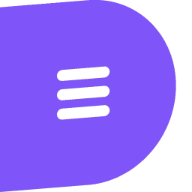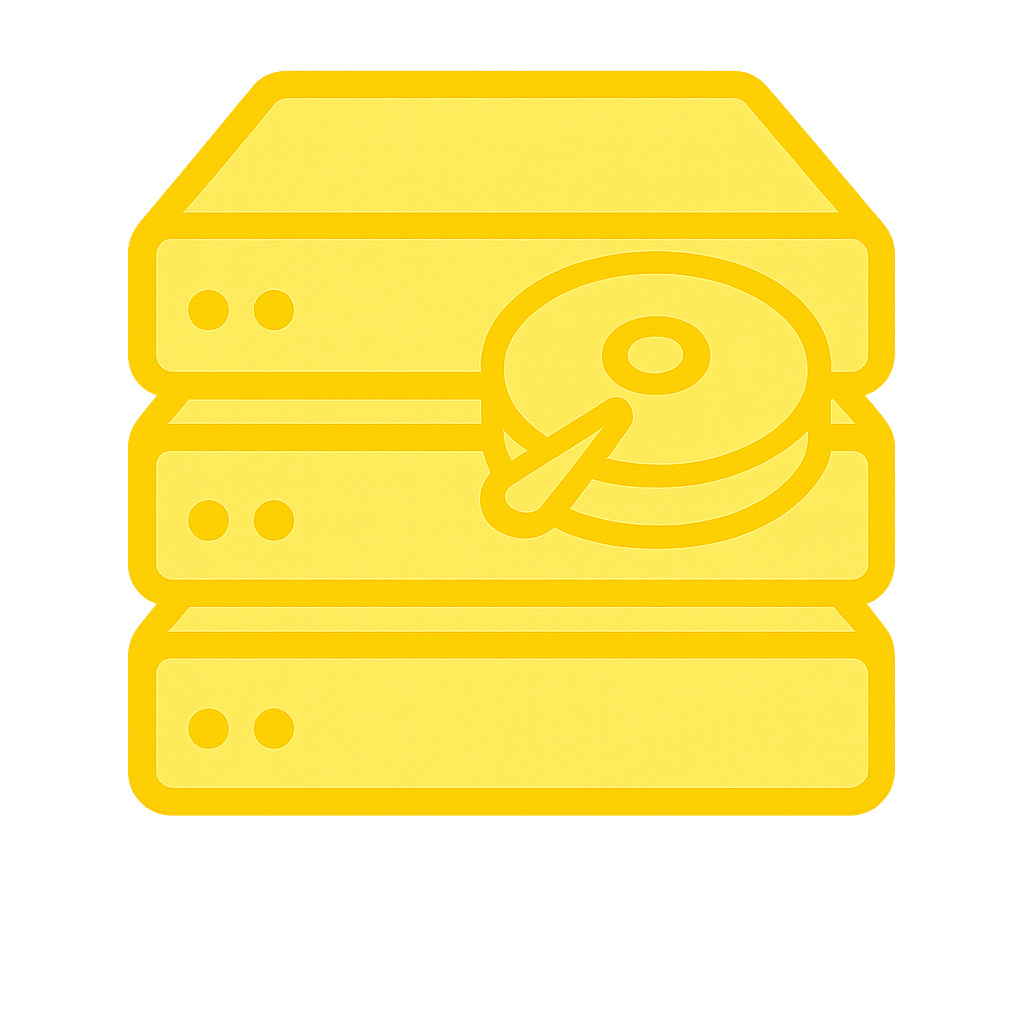
Web Check
All-in-one OSINT tool for analyzing any site
An unbiased, data-driven tool to help you choose the right frontend framework for your project.
Web frameworks can be a divisive topic. Developers typically have very strong opinions, so it can be hard to find an unbiased, data driven comparison, when choosing a tech stack for any given specific project of use case.
I built Stack Match to (attempt to) solve this. You select the aspects which are important to your project, and we show you a ranked list of suitable frontend frameworks.
The aim was to have real data-driven and objective results, which are not biased by opinions or personal preferences.
Over the years, I've worked on hundreds of apps, everything from e-commerce for fortune-500 companies, to banking and high-frequency trading, to developer tools. And, I've seen first-hand poor tech decisions being made based on incomplete data, personal preference, but most commonly people tend to just favour what they're already familiar with.
Outside of work, I also build open source tools for developers. Through choosing the right tools for each job, these projects have been able to serve millions of users.

All-in-one OSINT tool for analyzing any site

Highly configurable self-hostable server dashboard

Interactive personal security checklist
100+ offline-first networking tools and utilities

Domain name portfolio manager

WHOIS lookup for domain registration info

Objective testing of mail providers

A Linux chmod calculator, for generating safe file permissions

RAID array capacity and fault tolerance

Office snack management app
I build free and open source apps for developers, with a focus on privacy and security. If that sounds interesting to you, check out my other projects or follow me on GitHub.